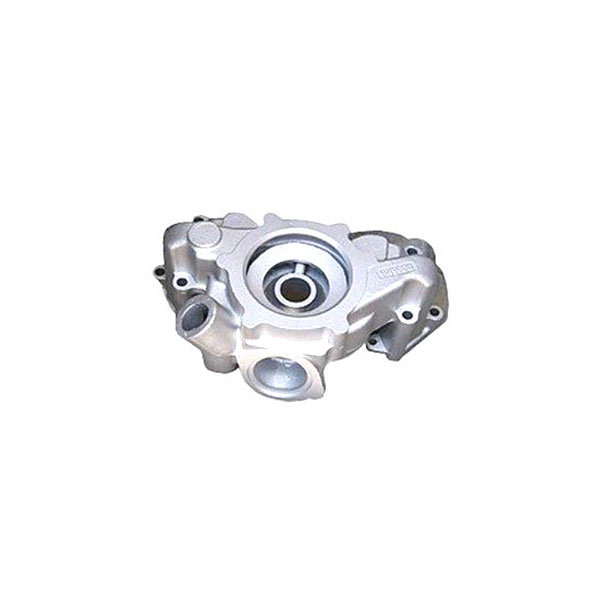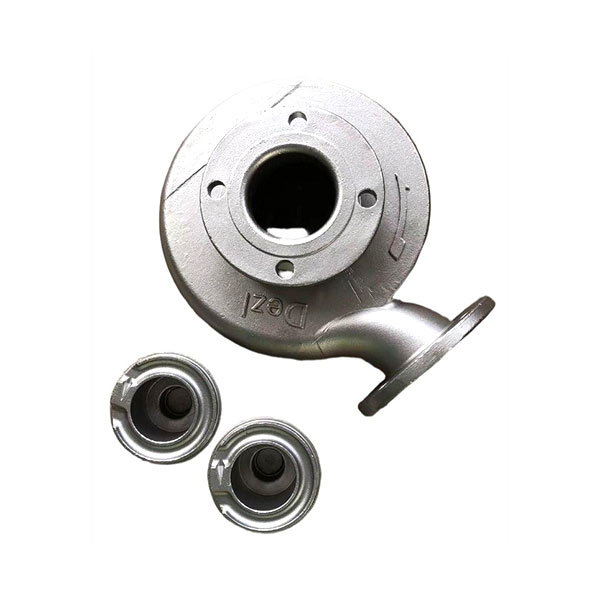Core principles of precision machining
Jun 10,2025
Precision machining is a machining technology that uses high-precision equipment and processes to achieve extremely high levels of dimensional accuracy, shape accuracy and surface quality of parts. Its core principles can be analyzed from the following aspects:
Precision machining is a machining technology that uses high-precision equipment and processes to achieve extremely high levels of dimensional accuracy, shape accuracy and surface quality of parts. Its core principles can be analyzed from the following aspects:
1. Error control and compensation principle
The core goal of precision machining is to reduce or eliminate machining errors and ensure part accuracy.
Original error control:
Reducing machining errors (such as machine tool thermal deformation, vibration, etc.) from the source by improving the manufacturing accuracy of basic components such as machine tool rigidity, guide rail accuracy, and spindle rotation accuracy.
For example: Use liquid hydrostatic guides or air hydrostatic guides to reduce friction and vibration; use thermally symmetrical structure to design machine tools to reduce the impact of thermal deformation.
Error compensation technology:
Actively compensate for errors generated during machining through real-time monitoring or calculation.
For example:
CNC system compensation: Input parameters such as lead screw pitch error and backlash in the CNC system, and correct the motion trajectory through software algorithms.
Online detection compensation: Real-time measurement is performed through laser interferometers and three-coordinate measuring machines (CMM) during machining, and feedback data is used to adjust machining parameters.
2. Micro-cutting and precision forming principles
Precision machining usually adopts a small cutting amount and high stability processing method to achieve micro-removal or precision forming of materials.
Micro-cutting technology:
Use high-precision tools (such as diamond tools) and extremely small cutting depth (micrometer level or even nanometer level) to avoid "plastic deformation" and "thermal damage" in traditional processing and ensure surface accuracy.
For example: ultra-precision turning (single-point diamond turning) is used to process high-finish parts such as optical lenses and laser reflectors.
Precision forming process:
Through molds, grinding tools or special processing (such as electrical discharge machining, ion beam machining), the material is accurately formed into a preset shape.
For example:
Precision grinding: Use ultra-fine abrasive grinding wheels to achieve high-precision surface processing (such as surface grinding of aircraft engine blades) through the cutting action of micro-abrasives.
Electro-spark machining (EDM): Using the principle of pulse discharge corrosion, the part contour is accurately replicated according to the shape of the electrode, which is suitable for parts with high hardness and complex shapes (such as precision injection molds).
3. Principle of precision positioning and clamping
The positioning accuracy and clamping stability of parts during processing directly affect the final accuracy.
High-precision positioning reference:
Adopt the "reference unification principle" and use the high-precision surface on the part (such as ground plane, precision hole) as the positioning reference to reduce the reference conversion error.
For example: When processing precision gears, the center hole and end face are used as the positioning reference to ensure the processing accuracy of the tooth surface.
Stress-free clamping technology:
Avoid deformation of parts due to excessive clamping force of traditional clamps, and adopt flexible clamping methods such as vacuum adsorption, magnetic clamping, and liquid plastic clamps.
For example: When processing thin-walled aluminum alloy parts, use vacuum suction cups to evenly adsorb the workpiece to avoid clamping deformation.
PREVIOUS:






